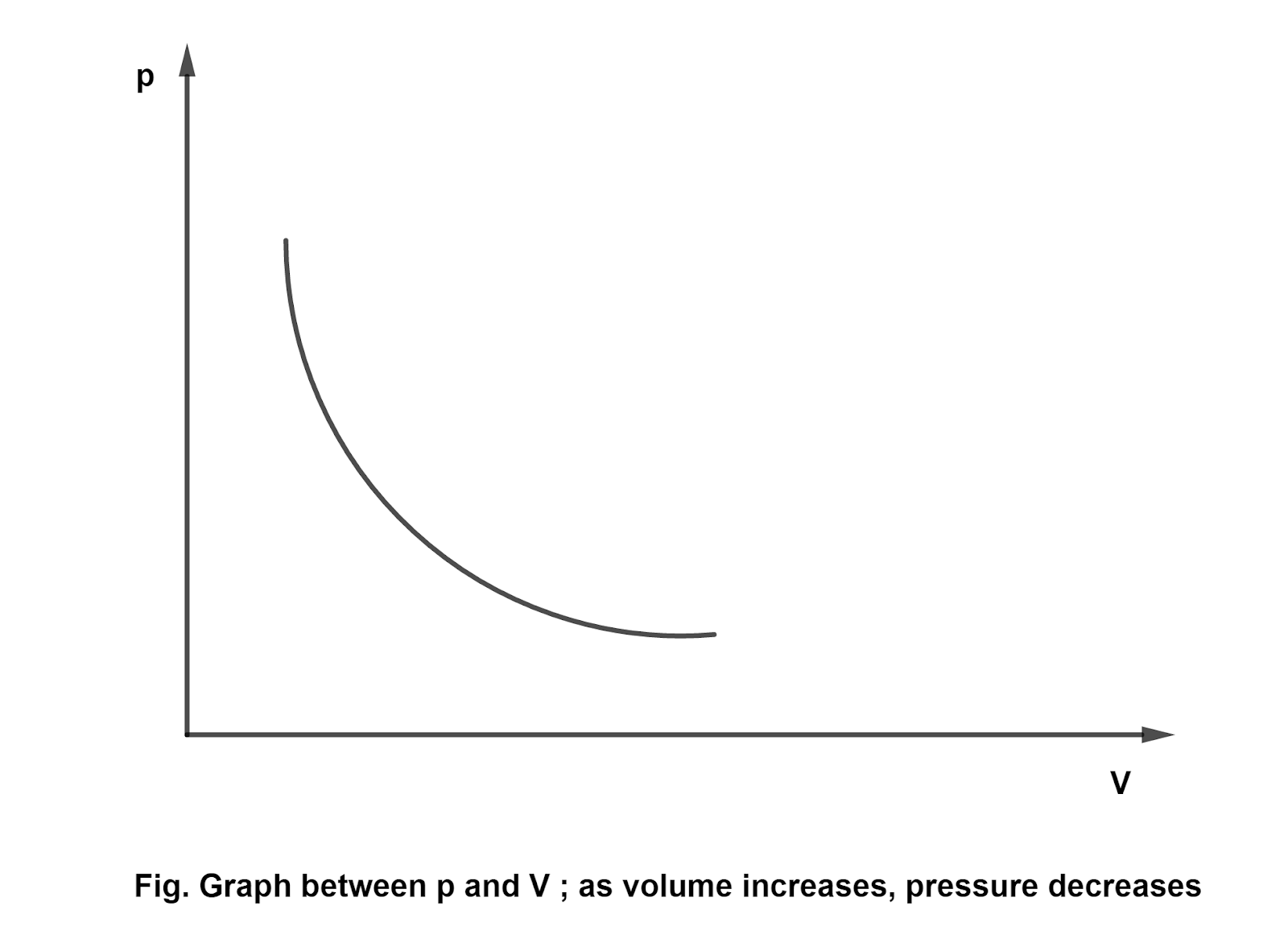First law of thermodynamics | Notes | Short answer questions discussion | Numerical problem solutions | Grade 12 NEB (Physics) | Physics in Depth

First law of thermodynamics Thermodynamic system is any macroscopic system (i.e., the system involving extremely large number of particles ). Thermodynamic systems may be closed (exchange of energy(heat or work) between system and the surroundings but not the matter) , open (exchange of energy and matter between the system and the surroundings) and isolated (no exchange of energy and matter between the system and the surroundings). Thermodynamic parameters are measurable quantities associated with the system, such as the pressure P , the volume V and the temperature T . A thermodynamic state is the set of thermodynamic parameters that are required for the description of the system. For e.g., ( P , V , T ) is the thermodynamic state that describes the thermodynamic system having pressure P , the volume V and the temperature T . A thermodynamic system is said to be in thermodynamic equilibrium when the thermodynamic state...




